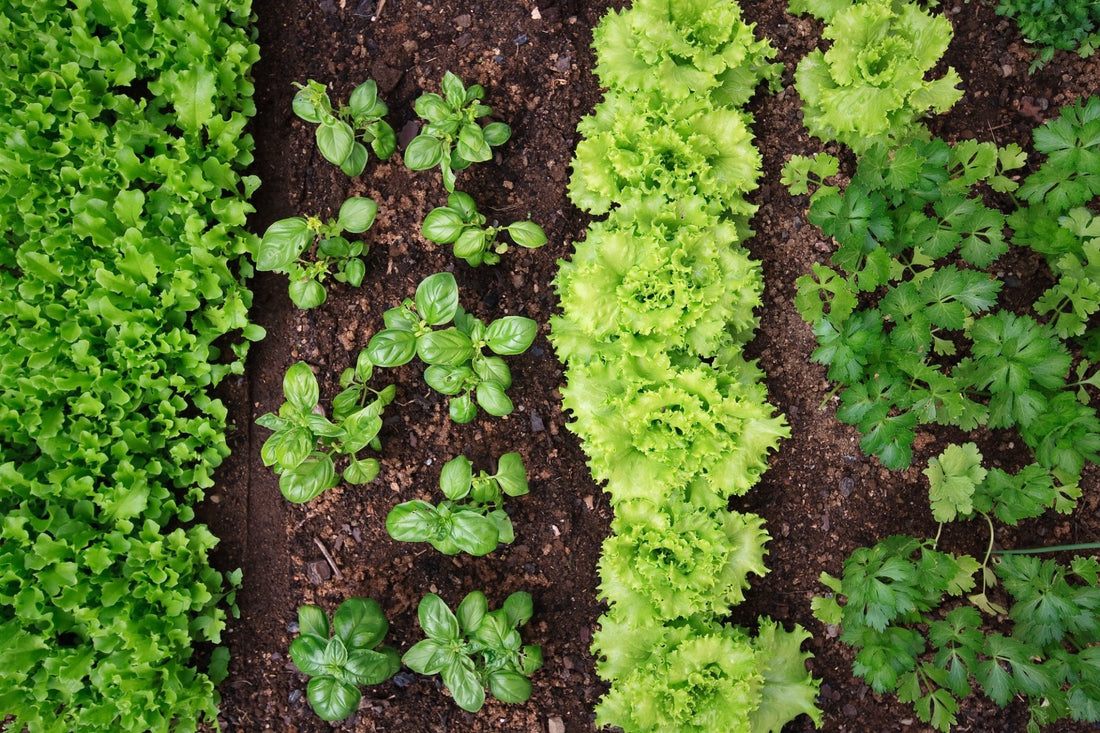The No-Nonsense Vegetable Succession Planting in Georgina
Welcome to the wonderful world of vegetable succession planting, where you can outsmart the seasons and keep your garden producing fresh goodies for as long as possible. If you’re in Keswick (Canadian growing zone 5) and want to maximize your veggie haul, this guide is for you. Let’s dive in and get planting!
What the Heck is Succession Planting?
Succession planting is like the magic trick of the gardening world. Instead of planting everything at once and ending up with a mountain of zucchinis you can't give away, you stagger your planting. This means you plant new crops at intervals, ensuring a continuous harvest throughout the growing season. It’s about working smarter, not harder, my friends.

Why Should You Bother with Succession Planting?
- Continuous Harvest: Imagine having fresh veggies all season long. No more feast-or-famine situations where you’re drowning in tomatoes one week and have nothing the next.
- Better Use of Space: As soon as one crop finishes, another is ready to take its place. No more empty garden beds looking sad and unproductive.
- Pest and Disease Management: Different crops and planting times can break pest and disease cycles. Your plants stay healthier and happier.
- Maximize Your Yield: More veggies from the same amount of space? Yes, please!
How to Pull Off Succession Planting Like a Pro
- Plan, Plan, Plan: Get your garden calendar out. Know your first and last frost dates. For us (Zone 5), you’re looking at a growing season from May to October. Map out when each crop will be planted and harvested.
- Choose Your Crops Wisely: Pick crops with different maturity dates. Fast growers like radishes and lettuce can be planted multiple times, while slower growers like tomatoes and squash can be planted once.
- Stagger Your Planting: Every few weeks, plant another round of your chosen crops. This way, as one batch is winding down, the next is just getting started.
- Use Transplants and Seeds: Mix it up. Start some plants indoors to get a jump on the season and direct sow others in the garden.
- Interplanting: Sneak in fast-growing crops between slower growers. Harvest the quick ones before the slow ones need the space.

What to Succession Plant in Our Lake Simcoe Area
Now, let’s get to the good stuff. Here’s a handy list of veggies perfect for succession planting in our lovely growing area:
- Lettuce: Quick to grow and versatile. Plant every two weeks for a constant supply of fresh salads.
- Radishes: These speedy little guys can be ready to harvest in just 25 days. Perfect for filling in gaps.
- Carrots: Plant every three weeks for a continuous supply of crunchy goodness.
- Beets: Easy to grow and delicious. Plant every three weeks.
- Bush Beans: Fast-growing and productive. Plant every three weeks for a steady supply.
- Spinach: Great for early spring and fall. Plant every two weeks.
- Cucumbers: Start indoors and transplant for early harvests. Plant a second round mid-season.
- Zucchini: Plant a second batch mid-summer to keep the harvest going.
Quick Tips to Make Your Succession Planting a Breeze
- Keep Records: Note down planting and harvesting dates. It’ll help you fine-tune your schedule for next year.
- Amend Soil Between Crops: Give your soil a little love between plantings. Compost and organic fertilizers work wonders.
- Watch the Weather: Be ready to protect young plants from unexpected frosts or heatwaves.
- Stay Flexible: Gardening is part science, part art. Be ready to adjust your plans as needed.

So there you have it, succession planting is the secret to a bountiful and beautiful garden our short growing season. With a bit of planning and a dash of creativity, you can enjoy a non-stop harvest of fresh, homegrown veggies. So, get out there, roll up your sleeves, and start planting! Your taste buds will thank you.
Happy gardening!




